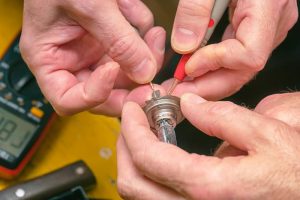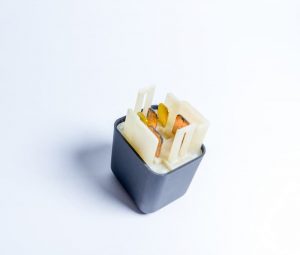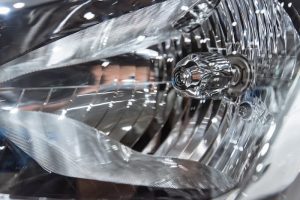Has all your DIY car headlight restoration been only on the outer part of your vehicles’ lens? This can be the reason why you still experience a foggy oxidized headlight shortly after a restoration process! Headlights are one of the most important features in a car for many reasons. They are the eyes and beauty of a car. Without them, driving at night would be impossible. Still, although every vehicle comes with a headlight, the brightness and how far the beam can reach depends on how clear the headlights look.
An oxidized or foggy looking headlight hinders a driver from seeing the entire perspective and objects on the road. This can lead to serious safety risks to the driver such as collision or bent wheel as a result of driving into a ditch or pothole. With a headlight lens restorer, the original power of your beam is guaranteed but only if you clean both the inside and the outer parts of your car headlights. Cleaning the inside of a car’s headlight can pose a bit of a challenge especially when they have their bulbs, lens, and reflector in a sealed housing.
These sealed headlights are more affordable and durable but, there is a catch! In the event of a broken headlight bulb or a burn out, you will have to replace the entire headlight on that section. So, how do you clean the inside of a sealed headlight? The first step is to determine the type of headlight your car has.
Types of Car Headlights
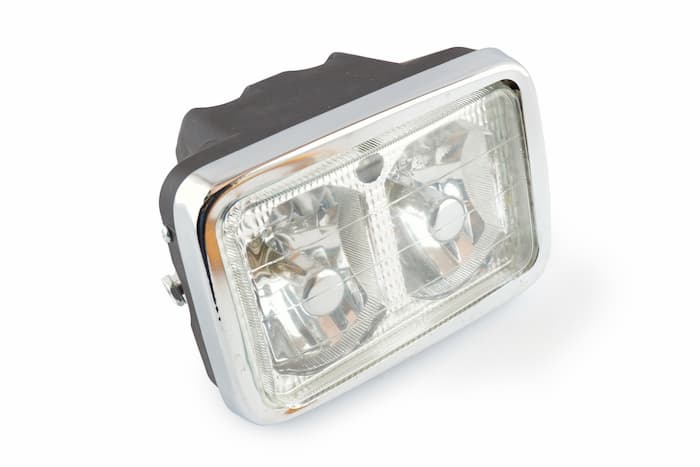
Sealed Headlights: These headlights come in a single to four light system design. Each light system features both low and high beams depending on the number of bulbs. To know if your car uses a sealed headlight, open your car hood and check if bolts are holding a flat metal piece covering the headlight and its surrounding. If there is, then you are using sealed headlights.
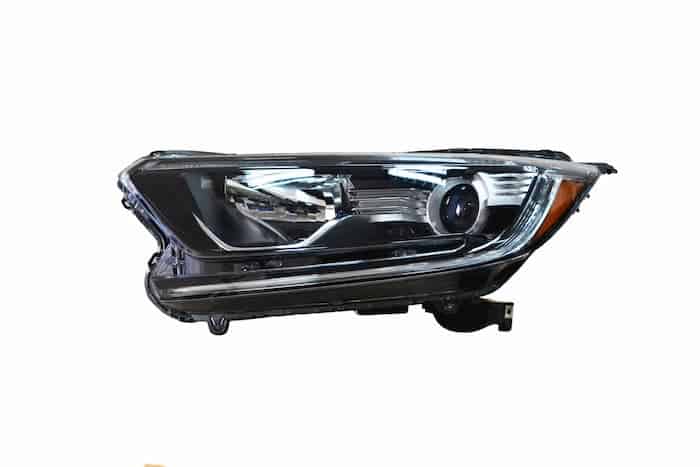
Composite Headlights: The composite headlight was introduced right after the sealed headlights. These headlights feature a replaceable lighting system. Unlike the sealed beam with glass housing, the composite headlights are mostly made of plastic lenses with enough space for car designers to install a navigation light or fog lamp.

HID Headlights: High-intensity discharge (HID) headlights are reputable for their brighter beam. They contain xenon gas and four times longer than the composite headlights. This is because they consume less power and require an independent fuse called “ballast” to control the power that flows to the bulb. However, they are more expensive to replace than the sealed and composite headlights.
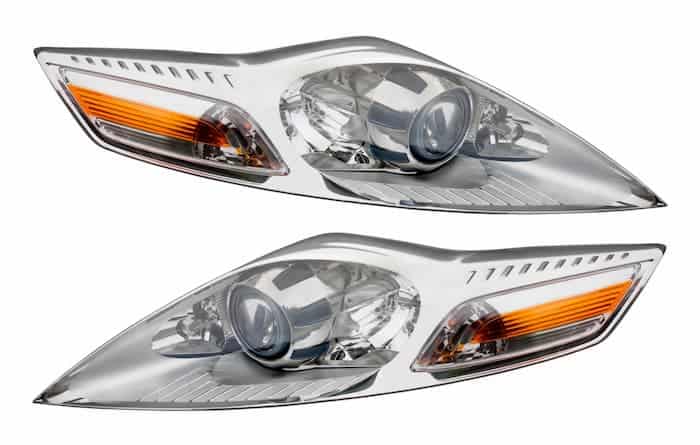
Projector Headlights: As the name suggests, the projector headlight is built for focus. This headlamp features a metal shield in front of the bulb that moves down to allow a full-length focus on the direction of the headlight. Projector headlights come in both HID and Halogen versions. Thus, making it expensive to purchase or replace as compared to the aforementioned headlights.

Led Headlights: Led headlights were first introduced in high end cars like Mercedes Benz, Lexus, and Audi. These headlights are more advanced in technology and make use of light emitting diodes instead of filament bulbs and gas. Because of their low energy demands, they can also be used on other low class cars. However, in terms of brightness, there isn’t much difference between halogen headlights and LED.
Five Simple Steps On How To Clean The INSIDE of a SEALED HEADLIGHTS
Now that you are conversant with the type of headlight on your vehicle, if you own a sealed headlight and it looks cloudy, foggy, or oxidized, follow the simple steps for your car headlight restoration.
STEP ONE: REMOVE THE HEADLIGHT HOUSING.
First things first! To gain access to your sealed headlights, you have to remove any chrome, metal trim, or bezel that may cover the headlight. To do this, you may need to utilize a special screwdriver such as the phillips-head or a pozidriv tool. A metal screw ring is used to hold the sealed headlamp itself so you will have to unscrew them.
If your headlights are round, they will be held with three screws. Rectangular units are held by four screws. These screws are different from the headlight aiming screws. The aiming screws come in two pieces per headlight and are located at either the top or bottom of the headlight. Be careful not to tamper with them while removing your headlight.
STEP TWO SPRAY THE SCREWS.
Before you attempt to remove the screws holding the headlights, I recommend you spray them with a penetrating solvent. Or grease them with oil. This is to reduce the friction when unscrewing them to avoid widening the hole the screws go through. After you have greased or spray the screws, hold the headlamp and remove the remaining ring bolts.
Once you are done, lower the headlight carefully from its receptacle. You will see a wiring connector that pushes onto prongs at the back of your sealed headlight. Detach them and set your headlights apart.
STEP THREE: WASH YOUR HEADLIGHT THOROUGHLY WITH AN AUTOMOTIVE SOAP.
With your car’s sealed headlights successfully detached and unsealed, use your sponge and a good specialized automotive soap to wash the surface and inside of your car’s headlights completely. Once you are done, rinse thoroughly to ensure that particles of dirt, debris, and soap are removed completely from the inside of your headlight. Then, wipe your headlight with a soft microfiber towel to dry. Allow for about 5 minutes for your headlights to totally dry before attempting step four.
STEP FOUR: APPLY A HEADLIGHT LENS RESTORER
Open your restoration starter kit and with the first wipe found inside, clean your headlights thoroughly. Once you are satisfied it’s clean, dry the headlamps using the paper tower found in the kit.
Before proceeding further, wait for about two minutes and ensure both of your headlights are completely dry. Then, open the second packet found in your restoration starter kit. Do not unfold, simply wipe both headlights gently for the last time. For the best results, allow a waiting time of about 30 minutes after the first wipe and you will be amazed by how incredibly clean your sealed headlights look.
After your car headlight restoration, avoid getting your headlamps wet for at least half an hour so that the formula in your clear light tech restoration kit will continue to work and remove any oxidation you left untouched from your headlight.
STEP FIVE REASSEMBLE YOUR SEALED HEADLIGHTS
Once you are done cleaning your headlights, before plugging back the wire connector onto the back of the restored headlight, use an aerosol electrical contact cleaner to wipe any corrosion from the socket connector. a
Attach the wiring connector with the prongs.
Fix back the headlights in their respective receptacle. Watch out for the small bumps around the outer edge of the headlight’s and ensure each of them align with the small openings in the headlight socket. Also, make sure that the headlights and their lenses are installed upright.
Next, gently hold your glass sealed beam and place the aiming screws and the screws holding the headlights to the car frame. If you notice that ring bold is damaged, you should buy a new one. After tightening the aiming screws, reinstall the metal trim covering the light and hold them together with the bezel.
NB: you shouldn’t wash your car for the next 24 hours to allow a complete restoration cycle.
Finally, to make sure your sealed headlights remain clean, look new, and remain resistant to oxidation for another couple of years, I would recommend you regularly clean and maintain them.



